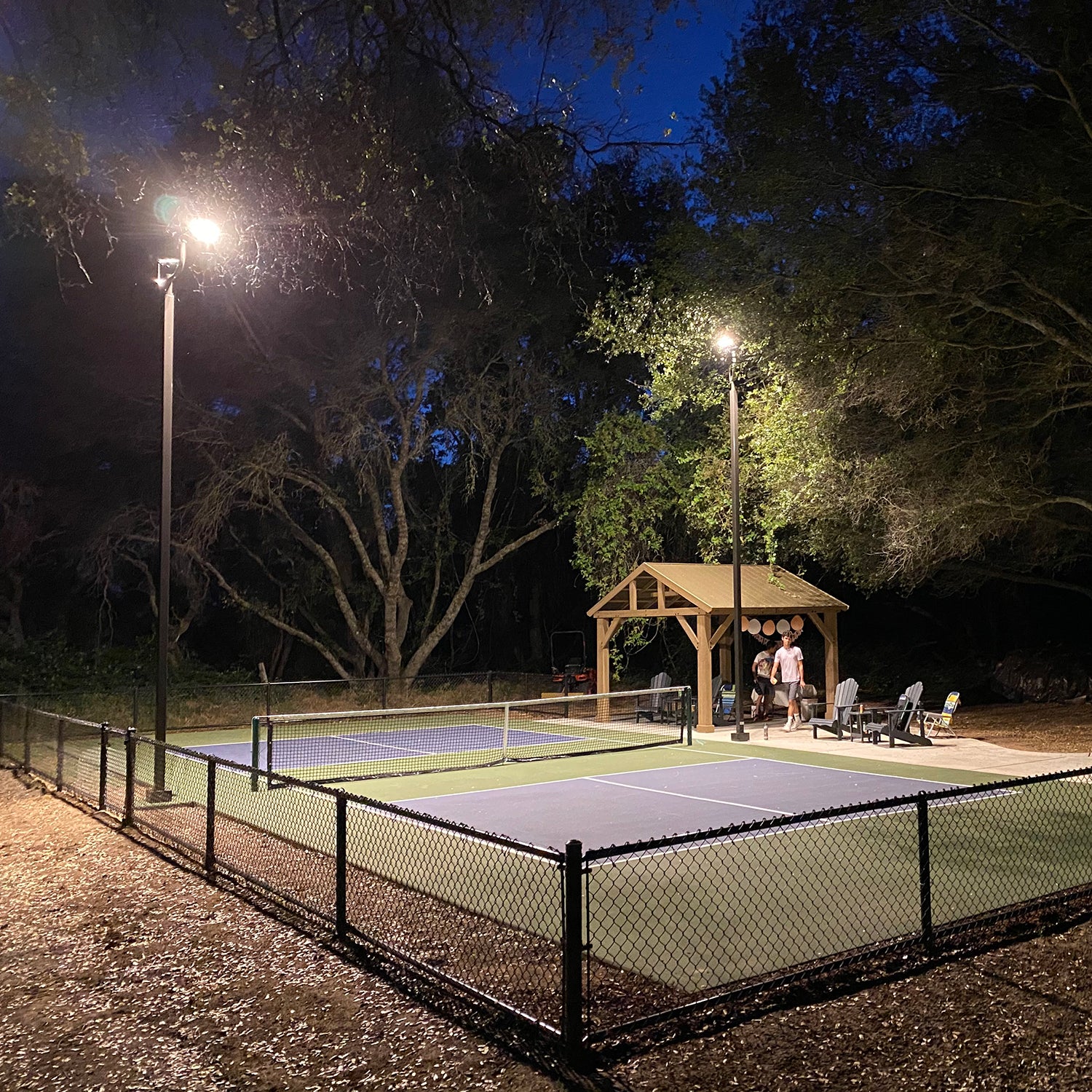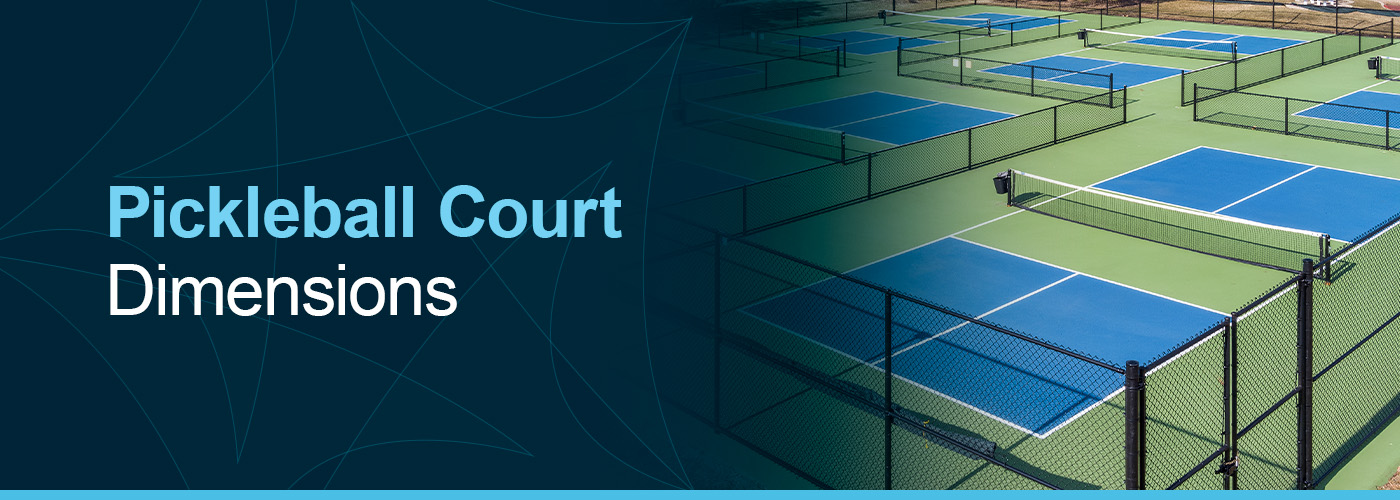How Local Laws Influence Your Pickleball Court Construction Plans
How Local Laws Influence Your Pickleball Court Construction Plans
Blog Article
Increase Resident Engagement With Community-Driven Pickleball Court Projects
The development of community-driven pickleball court tasks presents a special opportunity to promote local involvement and strengthen area connections. By actively involving homeowners in the preparation and execution phases, such efforts not only produce leisure areas yet additionally promote a common feeling of possession. Recognizing the actions to initiate these jobs, consisting of effective stakeholder interaction and resource appropriation, is critical. However, the actual question stays: exactly how can these grassroots efforts be purposefully executed to make certain sustainability and inclusivity in varied communities? Checking out successful situation researches may supply the insights required to answer this crucial issue.
Importance of Neighborhood Engagement
Neighborhood interaction is an essential element in the effective advancement of pickleball court tasks, as it cultivates a feeling of ownership and cumulative duty among citizens. When community participants are proactively involved in the planning and application stages, they are a lot more likely to support for the task's long-term success. Engaging stakeholders such as neighborhood gamers, families, and entertainment groups ensures that the facilities satisfy the diverse needs and preferences of the area.
Additionally, area engagement grows a helpful atmosphere where homeowners feel empowered to contribute their sources and concepts. Pickleball court construction. This collaborative method can bring about ingenious remedies that enhance the layout and performance of the courts, making them more enticing to a broader audience. In addition, including locals in decision-making processes can strengthen social connections, promoting inclusivity and unity within the community
The exposure of area assistance for a pickleball task can also play an essential role in securing financing and authorization from regional authorities. By showing a shared dedication to recreational growth, neighborhoods can properly advocate for sources and policy changes that favor the facility of pickleball courts, ultimately improving the regional society and entertainment landscape.
Actions to Start a Job
Launching a pickleball court project calls for an organized method that improves the structure of community engagement developed in previous conversations. The very first step is to construct a project committee making up regional stakeholders, enthusiasts, and agents from appropriate organizations. This diverse group guarantees that several viewpoints are considered.
Next, perform a demands analysis within the area. Studies, focus teams, and public conferences can be efficient in gauging interest and celebration input on possible court locations, desired services, and organizing choices. Following this, establish a project plan laying out obligations, timelines, and objectives.
When the strategy is in place, involve with neighborhood authorities to understand zoning laws and any necessary permits. Interacting transparently with the neighborhood throughout this process is important, as it promotes depend on and motivates further engagement.
Furthermore, organizing area occasions can aid maintain energy and enthusiasm. These events can act as platforms for more conversation and assistance to strengthen neighborhood connections. Last but not least, record every action taken and preserve detailed records, as this will be beneficial for future stages of the project, including funding and resource purchase.
Financing and Resources Available
Protecting funding and sources for a pickleball court project is usually an essential action that can identify the task's usefulness and success. Various avenues exist for getting financial backing, ranging from public financing to exclusive sponsorships. Local government gives, often targeted at advertising area wellness and entertainment, can provide considerable sponsorship for such campaigns.
Along with federal government resources, nonprofit organizations and foundations often provide grants particularly for sports and neighborhood growth projects. Involving neighborhood services as sponsors can likewise be a rewarding strategy; many companies aspire to buy community initiatives that enhance their business social obligation account.
Crowdfunding systems have emerged as a feasible alternative for grassroots fundraising, making it possible for area members to contribute straight to the job. This method not only increases funds however also cultivates a sense of ownership amongst individuals.
Design and Planning Considerations
Reliable design and planning are fundamental elements of any kind of effective pickleball court project complying with the acquisition of financing and resources. An extensive assessment of the proposed location is vital; this includes evaluating accessibility, distance to existing neighborhood facilities, and the capacity for visibility and involvement.
The design of the court must adhere to official size requirements while taking into consideration the surrounding environment. Incorporating attributes such as seats, color structures, and visit the website appropriate lights can considerably improve player experience and viewer satisfaction. Products chosen for the court surface area ought to prioritize toughness and security, with alternatives like acrylic or asphalt offering ideal efficiency.
Entailing neighborhood members in the design process cultivates a sense of possession and makes sure that the center meets local requirements - Pickleball court construction. This can be accomplished with public examinations and studies, permitting stakeholders to share their choices and problems
Sustainability must likewise be a top priority; including green products and methods can add to lasting viability. Producing a maintenance strategy to ensure the court continues to be in exceptional problem will certainly support continuous neighborhood engagement and engagement in pickleball tasks.

Success Stories and Study
Highlighting the transformative effect of community-driven initiatives, numerous success tales show how joint initiatives have led to the growth of vivid pickleball courts throughout different areas. One remarkable example is the effort in a town in Florida, where homeowners united to transform an underutilized tennis court into a committed pickleball center. Through fundraising occasions and collaborations with regional businesses, the area increased sufficient funds to install brand-new internet, resurfacing, and lines, inevitably promoting a dynamic hub for neighborhood gamers.
In a similar way, in a suburb of California, a grassroots activity arised to produce pickleball courts in a neighborhood park. The task not only engaged volunteers for construction however likewise included workshops to engage community participants in the sport. Consequently, the courts became a centerpiece for social interaction and health and fitness, attracting gamers of any ages.
These situation studies exhibit how community-driven projects can improve regional engagement, advertise physical task, and reinforce social bonds. By leveraging cumulative resources and excitement, areas can effectively maintain and produce pickleball centers that serve varied populations and foster a sense of belonging.

Verdict
By prioritizing stakeholder involvement throughout the preparation and execution stages, these initiatives can efficiently deal with varied neighborhood demands. Ultimately, such initiatives contribute advice to the improvement click to find out more of public rooms right into dynamic centers of health and fitness and social interaction, reinforcing neighborhood ties.
The emergence of community-driven pickleball court projects offers a special possibility to cultivate local engagement and enhance neighborhood connections.Community interaction is a vital aspect in the effective development of pickleball court jobs, as it cultivates a feeling of possession and cumulative obligation among residents. When community participants are actively included in the planning and implementation phases, they are much more likely to support for the task's long-term success.Launching a pickleball court job calls for an organized strategy that develops on the foundation of community interaction established in previous discussions. The job not only engaged volunteers for building and construction yet additionally consisted of workshops to engage neighborhood participants in the sporting activity.
Report this page